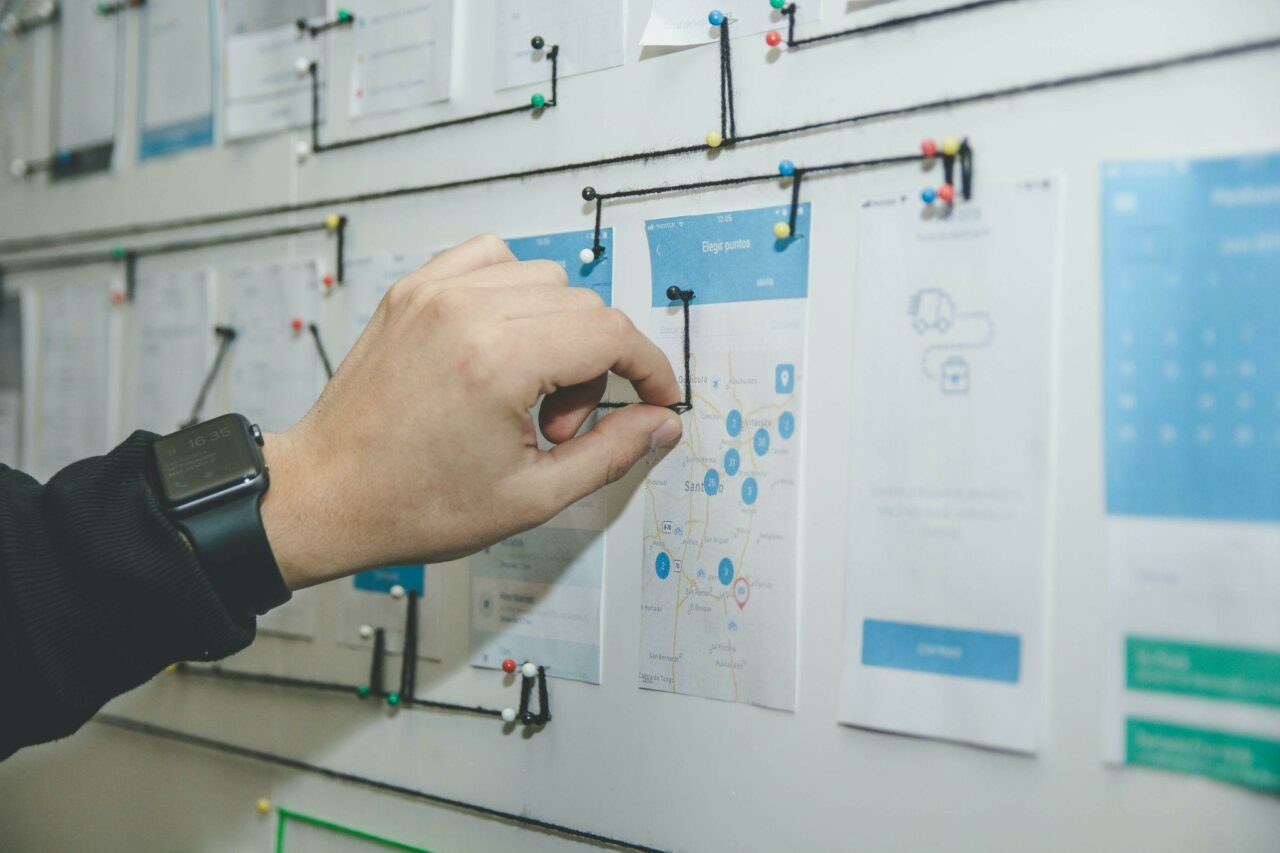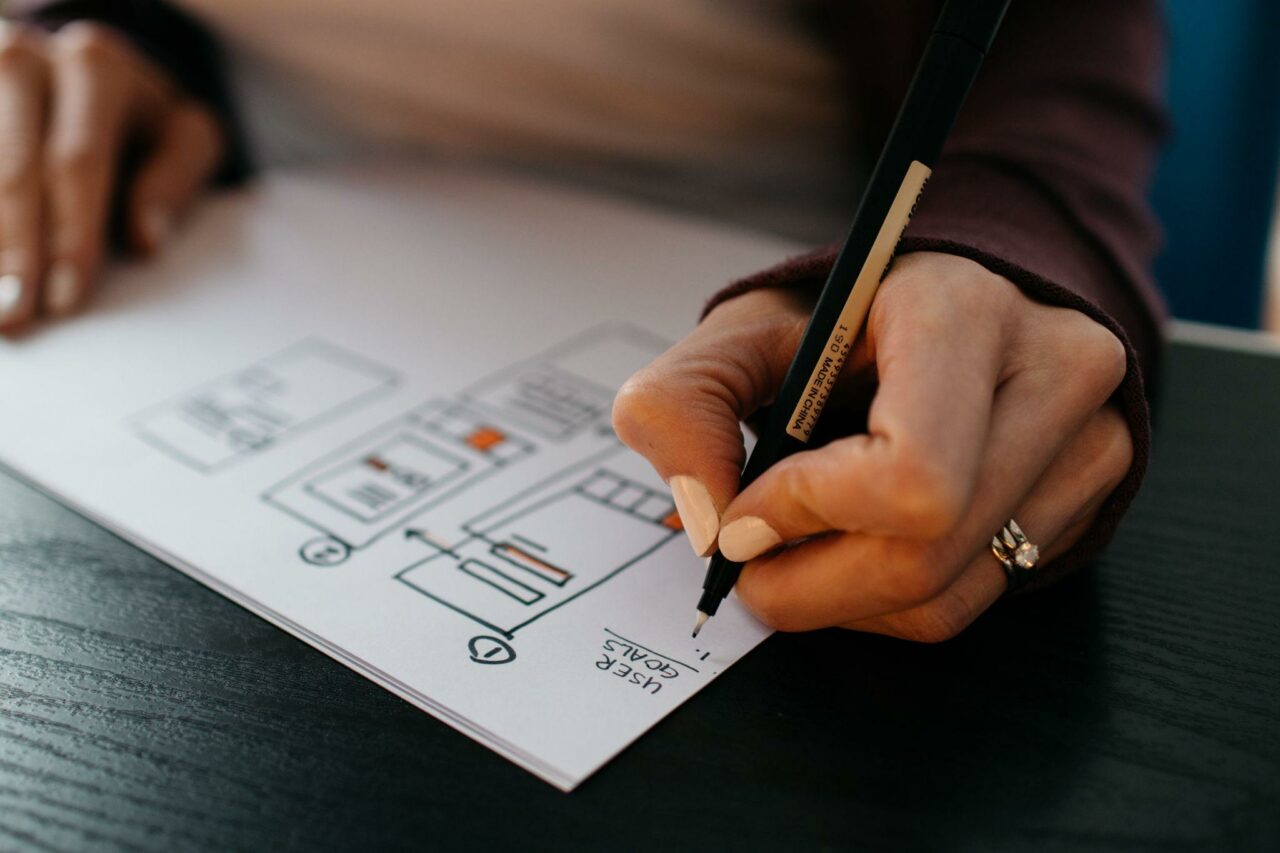What are the advantages and disadvantages of being a user interaction designer? Maybe it is an essential question that everyone wants to know.
In this post, you will understand all the aspects of this career. Today, I will explore the pros and cons of being a user interaction designer to decide if it’s the right choice for you. Now, let’s dive into this post for more details!
Overview
First, we’ll learn about this industry and the way it works, the product it makes, and so many things to start being a user interaction designer.
What Is A User Interaction Designer?

User interaction designers are professionals who create digital interfaces with a focus on making them user-friendly, easy to understand, and engaging. Their task is to establish smooth connections between users and digital products.
They use their knowledge of human behavior, psychology, and design principles to develop interfaces that users can use and understand easily.
The Goal of a User Interaction Designer
As user interaction designers, they have many different purposes to serve people and companies. Maybe the product is different, but the goal is the same. There are some responsibilities of a user interaction designer.
Meeting User Needs and Business Goals
The foremost aim is to create a product that not only caters to the requirements of the users but also aligns with the strategic objectives of the business.
Enhancing User Experience and Long-Term Engagement
These designers hold a pivotal role in ensuring that the digital interface not only serves as a means to achieve business objectives but also excels in delivering an exceptional user experience.
Facilitating Effective Communication:
User interaction designers aim to create interfaces that facilitate effective communication between users and digital products.
What Does A User Interaction Designer Do?
These experts manage multiple mobile iPhone App projects on iOS6 and iOS7, some of which seamlessly complement desktop applications.
Besides, a user interaction designer also creates components for Axure UI templates for use in the new internal portal look and feel.
Moreover, they handle all aspects of web application management, including maintenance, testing, debugging, deployment, and printing.
User interaction designers can transform source XML into HTML dynamically on the server to ensure browser-independent HTML output.

First, it’s essential to understand the pros and cons of pursuing a career as a UI designer. Having a clear grasp of these benefits can greatly enhance your performance in this field.
You need to know the pros of being a user interaction designer. This can help you work as well as possible. There are four pros you can know before working as a user interaction designer.
1. Intrinsic Reward
User interaction designers often find immense satisfaction in their work. Crafting digital interfaces that enhance user experiences can be deeply fulfilling.
Knowing that your designs positively impact how people interact with technology and make their lives easier can provide a strong sense of intrinsic reward and purpose.
2. Exciting Tasks
This profession is filled with exciting and dynamic tasks. User interaction designers constantly tackle new challenges, such as understanding user behaviors, solving usability issues, and creating visually appealing interfaces.
The ever-evolving nature of technology keeps the job fresh and engaging.
3. High Salaries
While the field involves technology, it doesn’t necessarily require extensive technical skills like coding or programming. Yet, it offers competitive salaries, making it an attractive option for those who may not want to delve deep into coding but still desire a rewarding career in the tech industry.
4. Specialization Opportunities
User interaction design is a broad field, offering numerous specialization avenues. Designers can choose to specialize in areas such as mobile app design, web design, user research, or accessibility design.
This versatility allows professionals to align their careers with their specific interests and passions, creating a diverse range of opportunities within the field.

In addition to the outstanding advantages, you will also have to deal with some disadvantages when becoming a user interaction designer. Here are three common challenges associated with a career as a user interaction designer.
5. Collaboration Is a Big Part
User interaction designers often need to work closely with cross-functional teams, including developers, product managers, and stakeholders.
While collaboration can be enriching, it can also pose challenges. Coordinating with different team members, aligning design goals with technical constraints, and navigating varied opinions and feedback can be demanding.
Effective communication and teamwork skills are crucial to succeed in this collaborative environment.
6. Projects Often Have Tight Deadlines
In the fast-paced tech industry, user interaction designers frequently face tight project deadlines. Rapid development cycles and the need to bring products to market quickly can result in intense workloads and time constraints.
Meeting these deadlines while maintaining the quality of the design can lead to stress and a high-pressure work environment.
7. Feedback and Revisions
User interaction design is an iterative process, which means that designs often undergo multiple rounds of feedback and revisions. While this iterative approach is essential for creating user-friendly interfaces, it can be mentally taxing.
Designers must be open to criticism, adapt to changing requirements, and invest additional time and effort into refining their work based on feedback. This aspect of the job can be emotionally draining and requires resilience.
Should You Become A User Interaction Designer?

It depends on your goal and your passion. With my experiences, I think that this career is a potential industry in the future. Moreover, it also helps you develop the necessary skills. Here are some factors you can consider.
- Creativity: User interaction design involves creative problem-solving. If you enjoy coming up with innovative solutions to enhance user experiences, this field can be highly satisfying.
- Communication Skills: Effective communication is crucial in user interaction design. You’ll need to collaborate with team members, stakeholders, and potential users to gather feedback and refine your designs.
- Career Growth: Evaluate the long-term career prospects in your region and industry. User interaction design can offer growth opportunities, but the demand may vary based on location and sector.
- Passion: Ultimately, consider whether you are genuinely passionate about designing interfaces and improving user experiences. A genuine interest in the field can drive your success and job satisfaction.
So, if you have a passion and a genuine interest in this field, don’t hesitate to pursue this career.
Conclusion
Now you know the pros and cons of being a user interaction designer. This is a potential field for the future, and if you know how to seize the opportunities, they will become yours.
Understand its advantages and disadvantages to have the most comprehensive view. From there, you can build a clear plan for your success!
